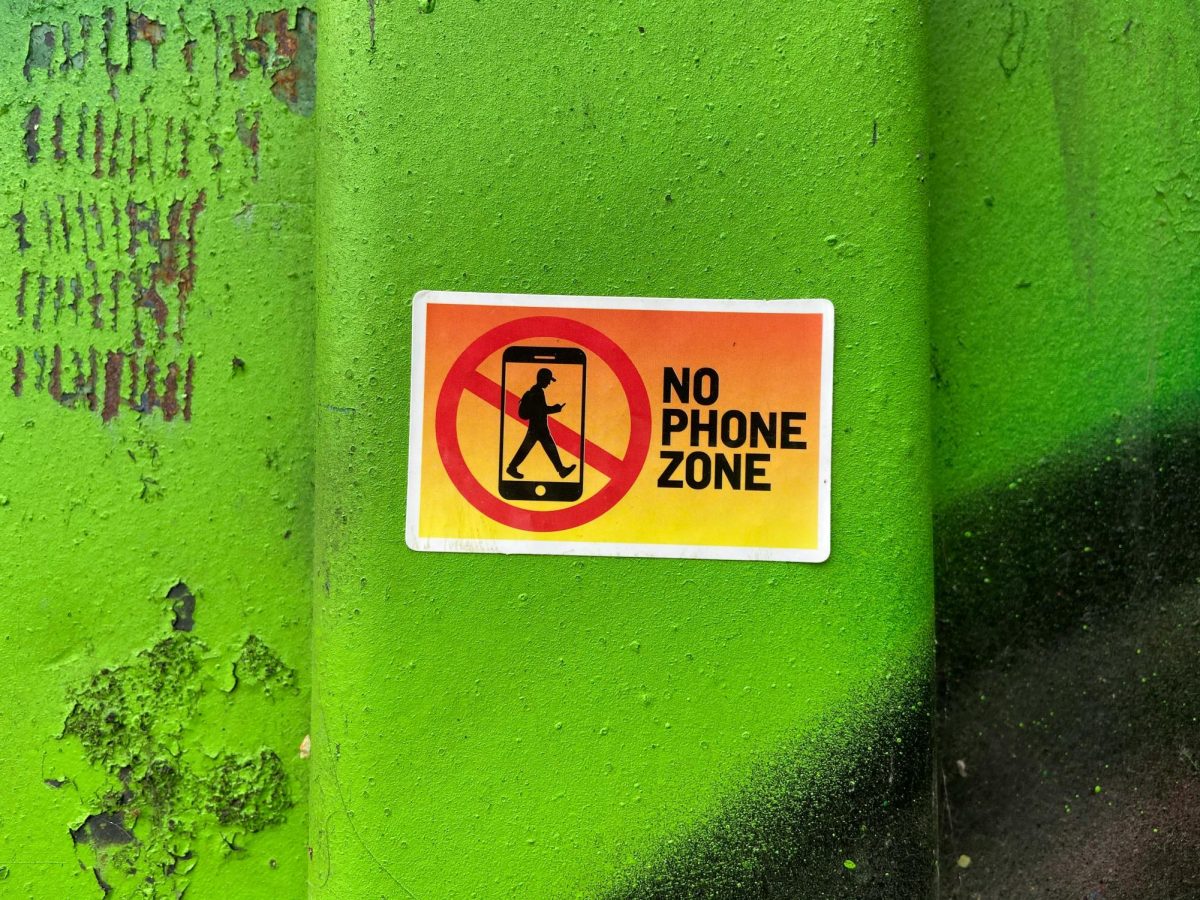Note: The following piece is a work of satire.
It is a melancholy observation that unchecked and dangerous influences have eroded the firmness and efficiency of learning. In a horrific tendency, students sit before their school-issued computers, subjected to powerful and innumerable distractions. With alarming frequency, they recklessly mingle in alleged “educational activities” — researching their subjects, studying with instructional videos and even watching documentaries under the shroud of academic efficiency.
Discerning this dire dilemma, the district has carried the burden of restoring order and common sense to the classroom. As any administration with admirable intentions must, the district has implemented a measure to rid the insidious problem with a complete crackdown to the most necessary and clear extent, bypassing the laborious and strenuous concept of simple logic. By graciously sparing all parties of debate, and carefully classifying these distractions as additional services, the district has doubtlessly triumphed again, banning the greatest threat to student efficiency: YouTube.
To articulate and properly justify the district’s decision, a delineated and generously worded email was relayed to students and parents. In a demonstration of foresight and care, the district graciously provided an ample twenty-four hours’ notice before the ban took effect — offering students the nurturing academic challenge of submitting all outstanding assignments requiring YouTube before midnight struck.
Furthermore, the district was also pleased to assure students that, while YouTube would be strictly prohibited for them, teachers would retain access, ensuring that the administration’s commitment to Excellence in Education remains firmly suspended in times of war against perilous Internet forces.
Of course, the district sees little merit in an expletive discussion of its own reasoning. Rather, let me invoke the carefully considered views as a representative of the administration, which has performed miracles to shape this decisive and wholly modest proposal.
Despite a graciously vague decree from this district, the decision was, in fact, not conceived from our prowess, but from the practical application of a new act from Albany. On March 1, 2025, following ED Law 2-D, many city-states followed suit — shutting down YouTube for students for despicable purposes like targeted advertising and videos of mitosis happening in real-time. In an act of critical thought and independence, the district enforced this ban, while clarifying that teachers may still embed videos in assignments. While the statute was enacted in 2020, school districts were only recently encouraged to take this matter literally, giving them the moral high ground of procrastination-proven principle.
By removing YouTube, the district ensures students can no longer supplement their learning with high-quality, engaging educational videos from vexations of Khan Academy, the Infographics Show or Heimler’s History. Besides, could not the same information be acquired through our provided collection of state-of-the-art textbooks?
YouTube encourages students to learn from a variety of accredited educators, giving them multiple perspectives on a particular subject. But at Three Village Central School District, we believe in consistency. Should they be found incapable of understanding the subject the first time, they must simply accept their fate rather than daring to seek out alternative methods of attaining knowledge.
Removing YouTube is seemingly a unilateral decision for the average parent, but the district’s refusal to involve them in the process actually possesses a hidden benefit. By bypassing the tedious task of gathering input, the district frees parents from the burden of critical thought, allowing them to rest easy knowing their children’s educational needs are being met — by someone else. It’s efficiency at its finest, where the ease of the district’s authority comes at the cost of nuanced dialogue.
It is the responsibility of the Three Village Central School District’s administration to address distractions in the classroom by implementing and maintaining measures critical for student success. A sweeping ban on YouTube, however, has only achieved a partial victory in the struggle against academic disruption. It is evident that more drastic measures must be taken to safeguard students against domestic threats. When one stands on the precipice of educational reform, it is only fitting to propose a solution as timeless and effective as the very building blocks of civilization itself. The district will achieve prosperity for its students, eliminating school-issued computers and drawing to the pinnacle of precise, safe, and efficient learning: cuneiform tablets.
The administration seldom finds it necessary to explain its analysis, acting without exception for the common good, but because students are overwhelmingly satisfied with recent changes, the district takes great pleasure in awarding them for their benevolent and convenient subjugation.
Before a scribe could delineate his grievances concerning the quality of cafeteria food or a plea to the district magistrate, he first must acquire his hearty clay slab from the riverbank. But the district has contacted its merchants, and has expedited this process — creating a plan of transporting the solid muck on an airlift from West Meadow beach. After transport to the schools, the clay will then be baked in the cafeteria ovens, distributed to teachers, and given to their students in each respective class. It is important to understand that these high-quality pieces of sand are priceless, and each student must reveal their district-approved stylus, accompanied by their student ID each morning.
The district takes responsibility for protecting student privacy with the utmost regard. Complying with state regulations concerning cybersecurity, and from the recommendation of a crumpled detention slip found under a cafeteria table, this policy provides an obvious solution: no logins, no data breaches, and most importantly, no unauthorized access to harmful information. A misplaced or misused clay tablet (see Cuneiform Code section 0, clause BCE) poses no security risk.
Eliminating the WiFi in Three Village Central School District has been another issue of contention, but the district points out that wet clay and a wooden stylus do not require a digital connection. As a hidden benefit, our district benefits financially, saving hundreds of shekels and bushels per year on Internet costs — and spends the surplus judiciously and aptly on: a new trophy display case, 46 No.2 pencils, and a Farmer’s Fridge vending machine. Gone are the days of relying on a spotty service to access school computers, and in their place have arrived the years of precision and independence for children within our district.
The cuneiform tablet policy, in its broadest implementation, will achieve the ultimate goal of efficiency for the students of the Three Village Central School District. Fine arts and educational learning will finally return to the district, as fine engravings will wash away clicks and keyboards.
As an administrator, I must confess I have not the slightest personal interest in pursuing this endeavor, having no other motivation than the security of the students, the efficiency of learning, the ubiquitous financial benefit, and relaying a degree of pleasure to my colleagues. I have no latitude by which I can contribute to this adequate approach, owning a fancy laptop myself and my clay tablet hardened past writing.









